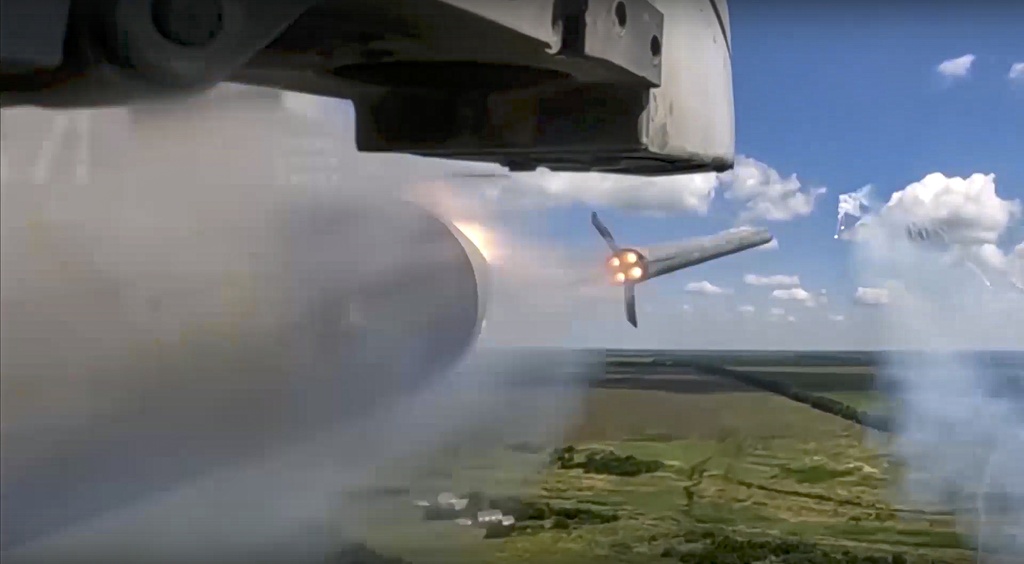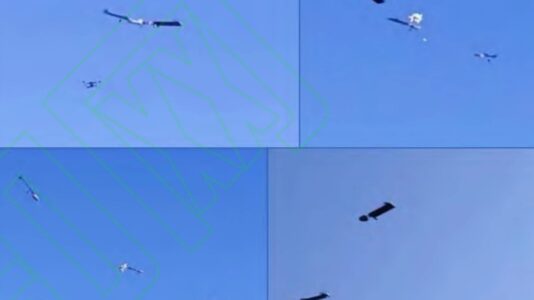Poland’s government is scrambling to explain why a Russian missile was not shot down despite traveling through Polish airspace on its way to hit targets in Ukraine.
Early Sunday, a Russian missile breached Polish airspace, traversing it for 39 seconds before crossing into Ukraine. In a press conference held Sunday morning, Polish Minister of National Defense Władysław Kosiniak-Kamysz emphasized that the missile was continuously monitored by Polish radar systems.
He also elaborated on why the missile was not intercepted.
Kosiniak-Kamysz stated that had there been any indication the Russian missile was targeting a location within Poland, the missile would have been shot down. He noted that each situation is considered on a case-by-case basis.
The decision to shoot down an aircraft, unmanned aerial vehicle, or missile lies with the operational commander, who is prepared for such scenarios. According to an interview in Rzeczpospolita paper with General Maciej Klisz, the operational commander of the armed forces, the technical capability to destroy such an object is not the primary challenge.
Gen. Klisz highlighted the legal constraints placed on the operational commander to analyze the potential consequences of authorizing weapon use.
“We must realize that we are in a time of peace, operating under the legal framework of peacetime, not war. We don’t have complete freedom of action without analyzing potential outcomes, as the object has to land somewhere,” the general pointed out.
On Sunday morning, the Operational Command of the Polish Armed Forces announced via the X platform, that at 4:23 a.m., a missile fired overnight by Russian long-range aviation violated Polish airspace near Oserdów, in the Lubelskie region, and was present in Polish airspace for 39 seconds.
The strikes were aimed at locations in western Ukraine.
Colonel Jacek Goryszewski, spokesperson for the operational command, informed Polish news outlet PAP that Polish armed forces were alerted to the impending Russian attack on Ukraine early in the morning. He assessed that the Russian strategy involves maneuvering missiles to unexpectedly hit targets in Ukraine from the west, as Ukrainian air defenses are more accustomed to threats from the east or north.
Colonel Goryszewski argued that attempting to shoot down the missile would pose a greater risk to nearby residents than allowing it to leave Polish airspace on its own. He detailed the risks associated with the missile’s destruction, including the potential for debris from the missile and the interceptor to fall on Polish territory.
He added that if the missile had been headed deeper into Poland, a decision could have been made to shoot it down with standby F-16 fighter jets.
Following the incident, the Russian ambassador to Poland will be summoned to the Polish Ministry of Foreign Affairs to receive a protest note, Polish Deputy Minister Andrzej Szejna announced on Sunday.






